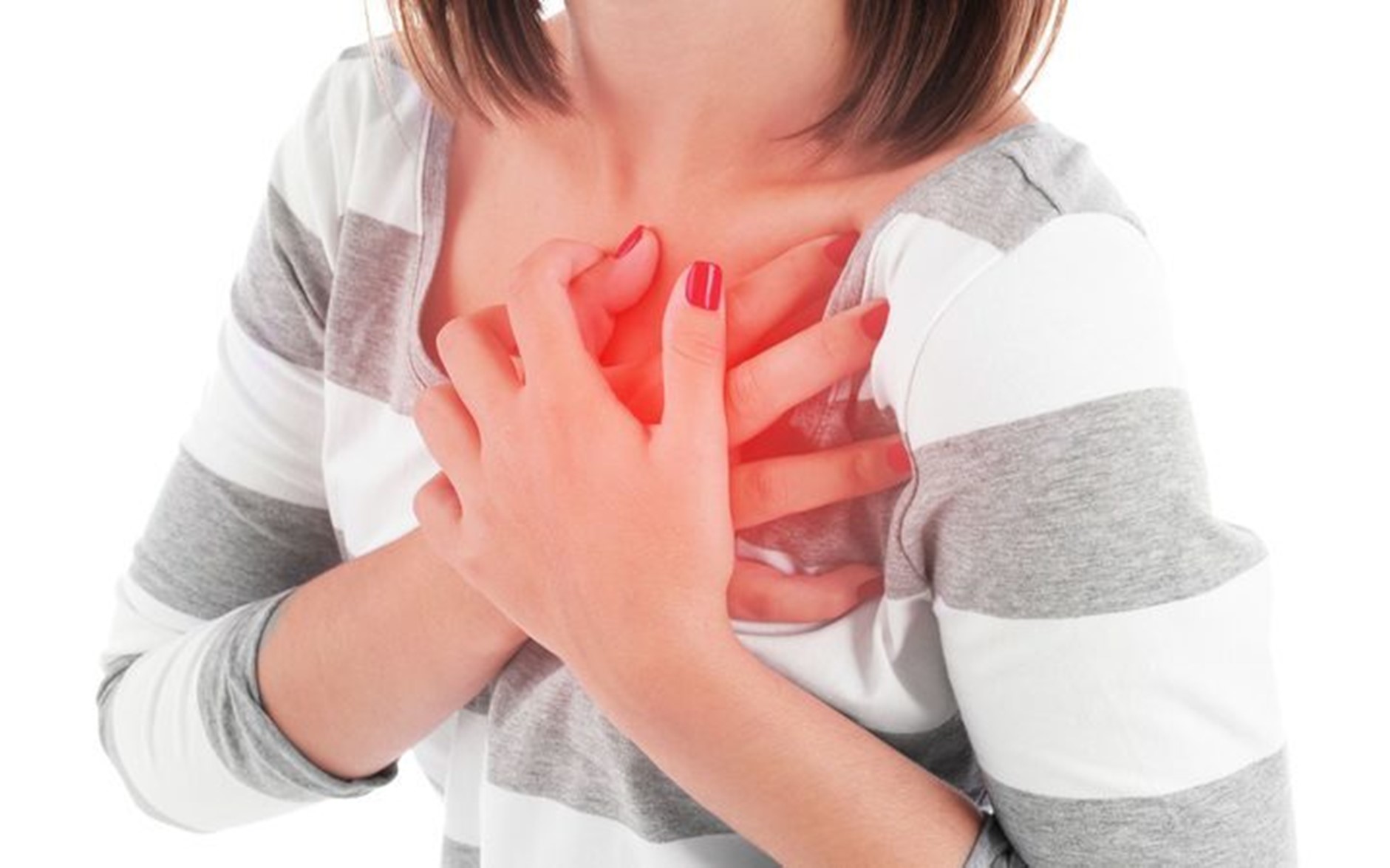| Product name | Per Pill | Savings | Per Pack | Order |
|---|---|---|---|---|
| 30 pills | $0.92 | $27.72 | ADD TO CART | |
| 60 pills | $0.72 | $12.10 | $55.45 $43.35 | ADD TO CART |
| 90 pills | $0.66 | $24.20 | $83.18 $58.98 | ADD TO CART |
| 120 pills | $0.62 | $36.29 | $110.89 $74.60 | ADD TO CART |
| 180 pills | $0.59 | $60.49 | $166.35 $105.86 | ADD TO CART |
| 270 pills | $0.57 | $96.79 | $249.53 $152.74 | ADD TO CART |
| 360 pills | $0.55 | $133.08 | $332.70 $199.62 | ADD TO CART |
| Product name | Per Pill | Savings | Per Pack | Order |
|---|---|---|---|---|
| 60 pills | $0.75 | $45.09 | ADD TO CART | |
| 90 pills | $0.62 | $11.90 | $67.63 $55.73 | ADD TO CART |
| 120 pills | $0.55 | $23.81 | $90.18 $66.37 | ADD TO CART |
| 180 pills | $0.49 | $47.62 | $135.28 $87.66 | ADD TO CART |
| 270 pills | $0.44 | $83.33 | $202.91 $119.58 | ADD TO CART |
| 360 pills | $0.42 | $119.04 | $270.55 $151.51 | ADD TO CART |
| Product name | Per Pill | Savings | Per Pack | Order |
|---|---|---|---|---|
| 60 pills | $0.57 | $34.29 | ADD TO CART | |
| 90 pills | $0.44 | $12.14 | $51.44 $39.30 | ADD TO CART |
| 120 pills | $0.37 | $24.28 | $68.58 $44.30 | ADD TO CART |
| 180 pills | $0.30 | $48.56 | $102.88 $54.32 | ADD TO CART |
| 270 pills | $0.26 | $84.97 | $154.31 $69.34 | ADD TO CART |
| 360 pills | $0.23 | $121.39 | $205.75 $84.36 | ADD TO CART |
Ethambutol is an antibiotic medication used to treat tuberculosis (TB), a bacterial infection that affects the lungs and other parts of the body. It is often prescribed in combination with other medications to effectively combat the disease. In this article, we will delve into the world of Ethambutol, exploring its uses, benefits, and purchase options. We will also discuss the different dosages available, including 400 mg, 600 mg, and 800 mg, and provide information on how to order Ethambutol, buy Ethambutol, and purchase generic Ethambutol from India.
What is Ethambutol?
Ethambutol is a first-line antitubercular agent that works by inhibiting the growth of Mycobacterium tuberculosis, the bacteria responsible for TB. It is commonly used in combination with other medications, such as isoniazid and rifampicin, to treat pulmonary TB, as well as extrapulmonary TB, which affects other parts of the body.
Benefits of Ethambutol
Ethambutol has several benefits that make it an effective treatment option for TB:
- High efficacy: Ethambutol has been shown to be highly effective in treating TB, particularly when used in combination with other medications.
- Low toxicity: Compared to other antitubercular agents, Ethambutol has a relatively low toxicity profile, making it a safer option for patients.
- Convenient dosing: Ethambutol is available in various dosages, including 400 mg, 600 mg, and 800 mg, making it easy to tailor treatment to individual patient needs.
Purchase Options
There are several ways to purchase Ethambutol, including:
- Online pharmacies: Many online pharmacies offer cheap Ethambutol options, including discount Ethambutol on line and generic Ethambutol 800 mg buy online.
- Local pharmacies: Patients can also buy Ethambutol at local pharmacies, where they can consult with a pharmacist and receive guidance on proper use and dosage.
- Indian pharmacies: Purchase generic Ethambutol from India is also an option, as many Indian pharmacies offer affordable and high-quality medications.
Dosage Options
Ethambutol is available in various dosages, including:
| Dosage | Description |
|---|---|
| 400 mg | Suitable for patients with mild to moderate TB |
| 600 mg | Suitable for patients with moderate to severe TB |
| 800 mg | Suitable for patients with severe TB or those who require higher doses |
Trusted Ethambutol 800 mg and generic Ethambutol 400 mg options are available from reputable online pharmacies, which offer discount Ethambutol online american express and buy discount Ethambutol on-line options.
Lists of Benefits and Side Effects
Here are some benefits and side effects of Ethambutol to consider:
Benefits:
- Effective treatment for TB
- Low toxicity profile
- Convenient dosing options
- Available in various strengths, including 400 mg, 600 mg, and 800 mg
Side Effects:
- Nausea and vomiting
- Diarrhea
- Abdominal pain
- Headache
- Dizziness
Ordering and Buying Ethambutol
To order Ethambutol or buy Ethambutol, patients can follow these steps:
- Consult with a doctor or pharmacist to determine the best dosage and treatment plan.
- Choose a reputable online pharmacy or local pharmacy to purchase Ethambutol.
- Follow the dosage instructions carefully and complete the full treatment course.
- Monitor for side effects and report any concerns to a healthcare professional.
Cheap Ethambutol Options
For patients looking for cheap Ethambutol options, here are some tips:
- Buy generic Ethambutol: Generic medications are often cheaper than brand-name options.
- Use online pharmacies: Online pharmacies often offer discount Ethambutol on line and cheap Ethambutol 400 mg line options.
- Compare prices: Compare prices at different pharmacies to find the best deal.
Conclusion
Ethambutol is an effective treatment option for TB, offering a range of benefits and convenient dosing options. Patients can order Ethambutol, buy Ethambutol, and purchase generic Ethambutol from India from reputable online pharmacies or local pharmacies. By following the dosage instructions carefully and monitoring for side effects, patients can effectively treat TB and improve their overall health. Remember to always consult with a doctor or pharmacist before starting treatment, and to purchase Ethambutol from a trusted source to ensure authenticity and quality.
Tuberculosis, commonly referred to as TB, is a bacterial infection that primarily affects the lungs, but can also spread to other parts of the body. According to the World Health Organization (WHO), TB is one of the top 10 causes of death worldwide, with approximately 1.5 million deaths reported in 2020. In this article, we will delve into the causes, symptoms, and treatment options for TB infections, as well as discuss the importance of prevention and early detection.
What is Tuberculosis?
TB is a bacterial infection caused by Mycobacterium tuberculosis. The bacteria are usually spread through the air when an infected person coughs, sneezes, or talks, releasing droplets that contain the bacteria. When these droplets are inhaled by another person, they can become infected. TB can also be spread through close contact with an infected person, such as sharing food or drink, or living in the same household.
Causes of Tuberculosis
There are several factors that can increase a person's risk of developing TB. These include:
- Weakened immune system: People with weakened immune systems, such as those with HIV/AIDS, are more susceptible to TB infections.
- Poor living conditions: Overcrowding, poor ventilation, and poor sanitation can increase the risk of TB transmission.
- Malnutrition: Malnutrition can weaken the immune system, making it more difficult for the body to fight off TB infections.
- Smoking: Smoking can increase the risk of TB infection, as well as worsen the symptoms of the disease.
- Age: Older adults and young children are more susceptible to TB infections due to their weakened immune systems.
Symptoms of Tuberculosis
The symptoms of TB can vary depending on the location and severity of the infection. Common symptoms include:
| Symptom | Description |
|---|---|
| Cough | A persistent cough that lasts for more than 2 weeks |
| Chest pain | Pain or discomfort in the chest, which can worsen with coughing or deep breathing |
| Fatigue | Feeling weak or tired, which can worsen over time |
| Weight loss | Unexplained weight loss, which can be significant |
| Night sweats | Sweating at night, which can be profuse |
| Fever | A low-grade fever, which can be persistent |
| Chills | Feeling cold or chilly, even in warm temperatures |
Types of Tuberculosis
There are several types of TB, including:
- Pulmonary TB: This is the most common type of TB, which affects the lungs.
- Extrapulmonary TB: This type of TB affects other parts of the body, such as the kidneys, spine, or brain.
- Latent TB: This type of TB is asymptomatic, meaning that the person is infected but does not show any symptoms.
- Active TB: This type of TB is symptomatic, meaning that the person shows symptoms of the disease.
Treatment Options for Tuberculosis
The treatment for TB typically involves a combination of antibiotics, which are taken for a period of 6-12 months. The most common antibiotics used to treat TB include:
- Isoniazid: This antibiotic is used to treat pulmonary TB and is usually taken for 6-9 months.
- Rifampicin: This antibiotic is used to treat pulmonary TB and is usually taken for 6-9 months.
- Ethambutol: This antibiotic is used to treat extrapulmonary TB and is usually taken for 12-18 months.
- Pyrazinamide: This antibiotic is used to treat pulmonary TB and is usually taken for 6-9 months.
Prevention and Early Detection
Prevention and early detection are key to controlling the spread of TB. Some ways to prevent TB include:
- Getting vaccinated: The BCG vaccine is available to prevent TB, although it is not widely used in the United States.
- Practicing good hygiene: Covering the mouth and nose when coughing or sneezing, and washing hands regularly can help prevent the spread of TB.
- Avoiding close contact: Avoiding close contact with people who have TB can help prevent the spread of the disease.
- Getting tested: Getting tested for TB if you have been exposed to someone with the disease can help detect the infection early.
Some benefits of early detection include:
- Improved treatment outcomes: Early detection and treatment can improve the chances of a successful outcome.
- Reduced transmission: Early detection and treatment can reduce the risk of transmission to others.
- Improved quality of life: Early detection and treatment can improve the quality of life for people with TB, by reducing the severity of symptoms and improving overall health.
Conclusion
Tuberculosis is a serious bacterial infection that can have severe consequences if left untreated. Understanding the causes, symptoms, and treatment options for TB is crucial to controlling the spread of the disease. By practicing good hygiene, getting vaccinated, and getting tested, we can reduce the risk of transmission and improve treatment outcomes. It is essential to raise awareness about TB and to promote early detection and treatment to improve the quality of life for people with the disease.
Recommendations
To reduce the risk of TB transmission and improve treatment outcomes, we recommend the following:
- Get tested: Get tested for TB if you have been exposed to someone with the disease.
- Practice good hygiene: Cover your mouth and nose when coughing or sneezing, and wash your hands regularly.
- Avoid close contact: Avoid close contact with people who have TB.
- Get vaccinated: Get vaccinated with the BCG vaccine if you are at high risk of TB infection.
- Seek medical attention: Seek medical attention if you are experiencing symptoms of TB, such as a persistent cough or chest pain.
By following these recommendations and raising awareness about TB, we can work together to control the spread of the disease and improve the quality of life for people with TB.
























